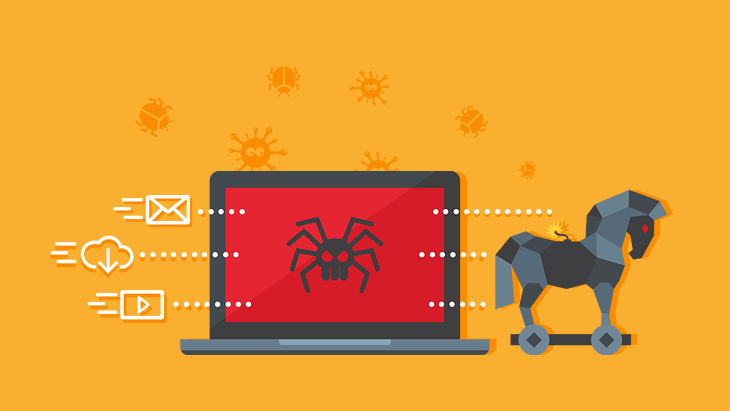
- MAC VIRUS CLEANER SOFTWARE INSTALL
- MAC VIRUS CLEANER SOFTWARE SOFTWARE
- MAC VIRUS CLEANER SOFTWARE CODE
Forget about playing games or other non-essential uses of Java. Try to hasten the process of extinction by avoiding those sites, if you have a choice. Merely loading a page with malicious Java content could be harmful.įortunately, client-side Java on the Web is obsolete and mostly extinct. Past Java exploits are the closest thing there has ever been to a Windows-style virus affecting OS X. That was always a bad idea, and Java's developers have proven themselves incapable of implementing it without also creating a portal for malware to enter. Java is, among other things, a platform for running complex applications in a web page, on the client. Not to be confused with JavaScript, to which it's not related, despite the similarity of the names) is a weak point in the security of any system. Any of the above scenarios should, at the very least, make you uncomfortable. I don't say that leaving the safe harbor just once will necessarily result in disaster, but making a habit of it will weaken your defenses against malware attack.
MAC VIRUS CLEANER SOFTWARE SOFTWARE
Software is attached to email that you didn't request, even if it comes (or seems to come) from someone you trust.An application does something you don't expect, such as asking for permission to access your contacts, your location, or the Internet for no obvious reason.Even if you don't get the alert, you should still delete any file that isn't what you expected it to be. You open what you think is a document and get an alert that it's "an application downloaded from the Internet." Click Cancel and delete the file.It notifies you if it finds malware, but otherwise there's no user interface to MRT.

MAC VIRUS CLEANER SOFTWARE INSTALL
It checks for, and removes, malware that may have evaded the other protections via a Java exploit (see below.) MRT also runs when you install or update the Apple-supplied Java runtime (but not the Oracle runtime.) Like XProtect, MRT is effective against known threats, but not against unknown ones. MRT runs automatically in the background when you update the OS. Starting with OS X 10.8.3, a third layer of protection has been added: a "Malware Removal Tool" (MRT). Never click through any request for authorization without thinking.Ĥ.

"Sandboxed" applications may prompt for access to private data, such as your contacts, or for access to the network. These failures don't involve App Store products, however.įor the reasons given, App Store products, and-to a lesser extent-other applications recognized by Gatekeeper as signed, are safer than others, but they can't be considered absolutely safe.

It has, however, the same limitations as XProtect, and in addition the following:Īpple has so far failed to revoke the codesigning certificates of some known abusers, thereby diluting the value of Gatekeeper and the Developer ID program. Gatekeeper doesn't depend on a database of known malware. That may not mean much if the developer lives in a country with a weak legal system (see below.) His identity is known to Apple, so he could be held legally responsible if he distributed malware. Software certified in this way hasn't necessarily been tested by Apple, but you can be reasonably sure that it hasn't been modified by anyone other than the developer. By default, applications and Installer packages downloaded from the network will only run if they're digitally signed by a developer with a certificate issued by Apple.

Starting with OS X 10.7.5, there has been a second layer of built-in malware protection, designated "
MAC VIRUS CLEANER SOFTWARE CODE
Security updates to the code of obsolete systems will stop being released at some point, and that may leave them open to other kinds of attack besides malware.ģ. The security of obsolete system versions may eventually be degraded. As new versions of OS X are released, it's not clear whether Apple will indefinitely continue to maintain the XProtect database of older versions such as 10.6.


 0 kommentar(er)
0 kommentar(er)
